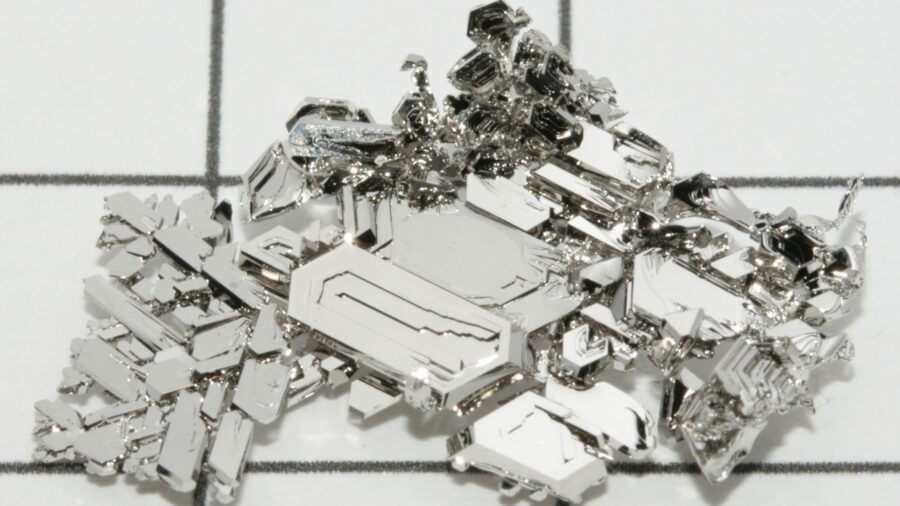Scientists Say Metal Is Healing Itself And They Have No Idea How

Scientists are here to rock the engineering community’s world to its structurally sound core. As reported by ScienceAlert, a new study out of Sandia National Laboratories and Texas A&M University has found that metal has the ability to “heal itself.” The team observed a cracked piece of platinum fuse itself back together at the molecular level.
Researchers witnessed platinum fusing back together, and though it was at the molecular scale, it’s the first time this has been observed.
To clarify, this was not as dramatic as, say, the car bringing itself back to life in Christine. The metal mending these scientists observed was much smaller, but the finding is anything but.
This mind-bending observation happened as a team of materials researchers conducted experiments to test the resilience of platinum. The metal in question was 40 nanometers thick – which is insanely thin – and suspended in a vacuum.
The scientists caused microscopic breaks in the metal, referred to as fatigue damage, by using an electron microscope method to tug the metal about 200 times each second. Similar fatigue affects metal pieces in all kinds of machines, adding up to pieces breaking, parts being replaced, and bills no one wants to pay.
In the case of platinum, the microscopic fatigue damage began to resolve itself. About 40 minutes into their observation, the team saw the tiny crack in the metal fuse before starting in another direction.
Metal is not organic, there is no cellular reproduction, which is why platinum fusing back together is a stunning discovery.
The team was floored. “This was absolutely stunning to watch firsthand,” said Brad Boyce of the Sandia National Laboratories. “We certainly weren’t looking for it.” Boyce went on to say, “What we have confirmed is that metals have their own intrinsic, natural ability to heal themselves, at least in the case of fatigue damage at the nanoscale.”

The team studying this healing metal may have been surprised, but such a phenomenon has been theorized before. Back in 2013, Texas A&M materials researcher Micahel Demkowicz predicted this very thing.
Demkowicz was part of a study that posited a way metal might heal itself. The idea was that the crystalline structures in metals could rearrange themselves under stress, creating a sort of “healing” effect.
Luckily for the team, Demkowicz was around for the metal healing observation. He implemented updated models to show that what he had described in 2013 was what was happening to the platinum.
That is helpful information, but the materials researchers are still trying to figure out exactly how this metal healing occurred – and how it could be applied in the real world. Metal usually requires intense heat to change its form, but the platinum fused itself together at room temperature.
One possible explanation for metal healing could be the concept of cold welding.
That is promising, but the metal also performed its miracle in a vacuum. Real-world conditions include, you guessed it, air. And air might be a big factor in this equation.
One possible explanation for metal healing could be the concept of cold welding. This happens when metals get close enough that their atoms entangle. The effect causes them to stick together, which can happen at room temperature.
Air and other contaminants often interfere with cold welding, which may be why the self-healing platinum could pull its trick in a vacuum. More research will be needed to clear up the confusion, but the finding holds much promise.
If a similar process can be recreated in a real-world scenario, self-healing metal could change how engineers build engines, computers, batteries – anything with metallic components. It is a small step forward that could have big implications because nothing rocks the world quite like metal.












